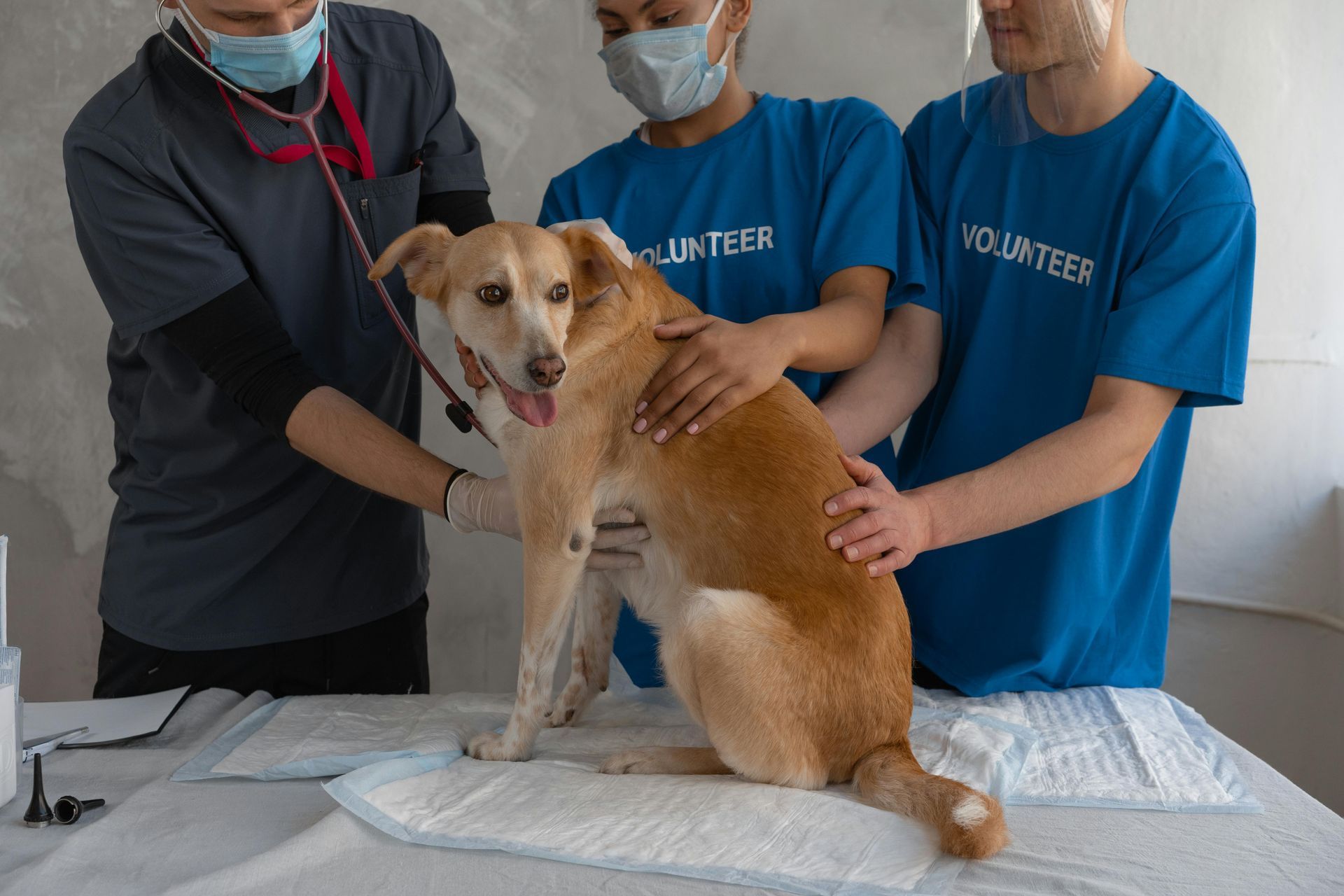24-HOUR EMERGENCY SERVICE
PLEASE CALL 01291 625205
OUR PRACTICES
Our practices are extremely well equipped. All of our surgeries have achieved high standards of accreditation by the Royal College of Veterinary Surgeons (RCVS), with the Chepstow surgery achieving Tier 2 level.
EXPERIENCED TEAM
We have an experienced team of Vets and Registered Veterinary Nurses (RVN) helping to care for your pets, ensuring your pets get the best care possible at all times.
OPEN 7 DAYS A WEEK
We are open 6 days a week, but also have a 24 hour emergency service, so you will always be seen by a local vet, even when the surgery is closed..
QUALITY SERVICE
The range of our expertise is unusually wide – providing the highest quality of care for owners of domestic pets and small animals..







